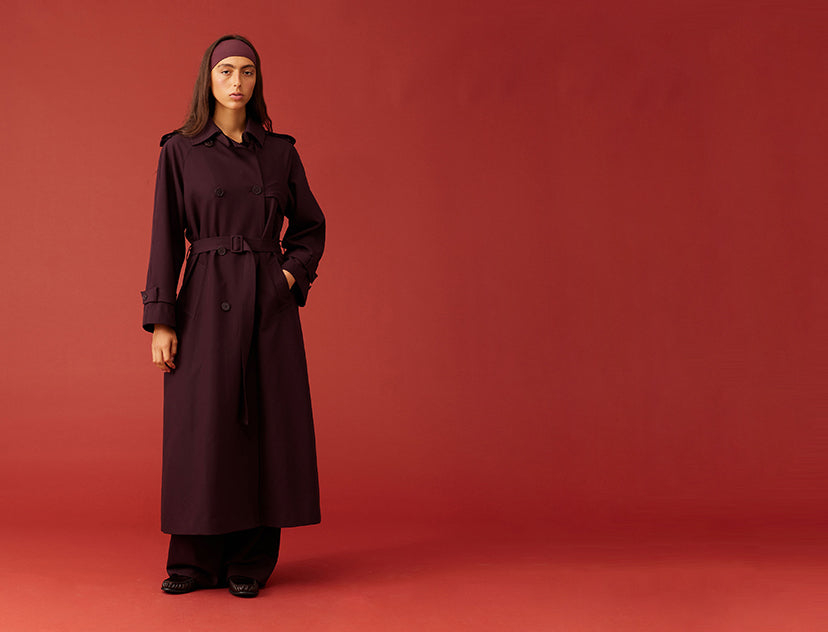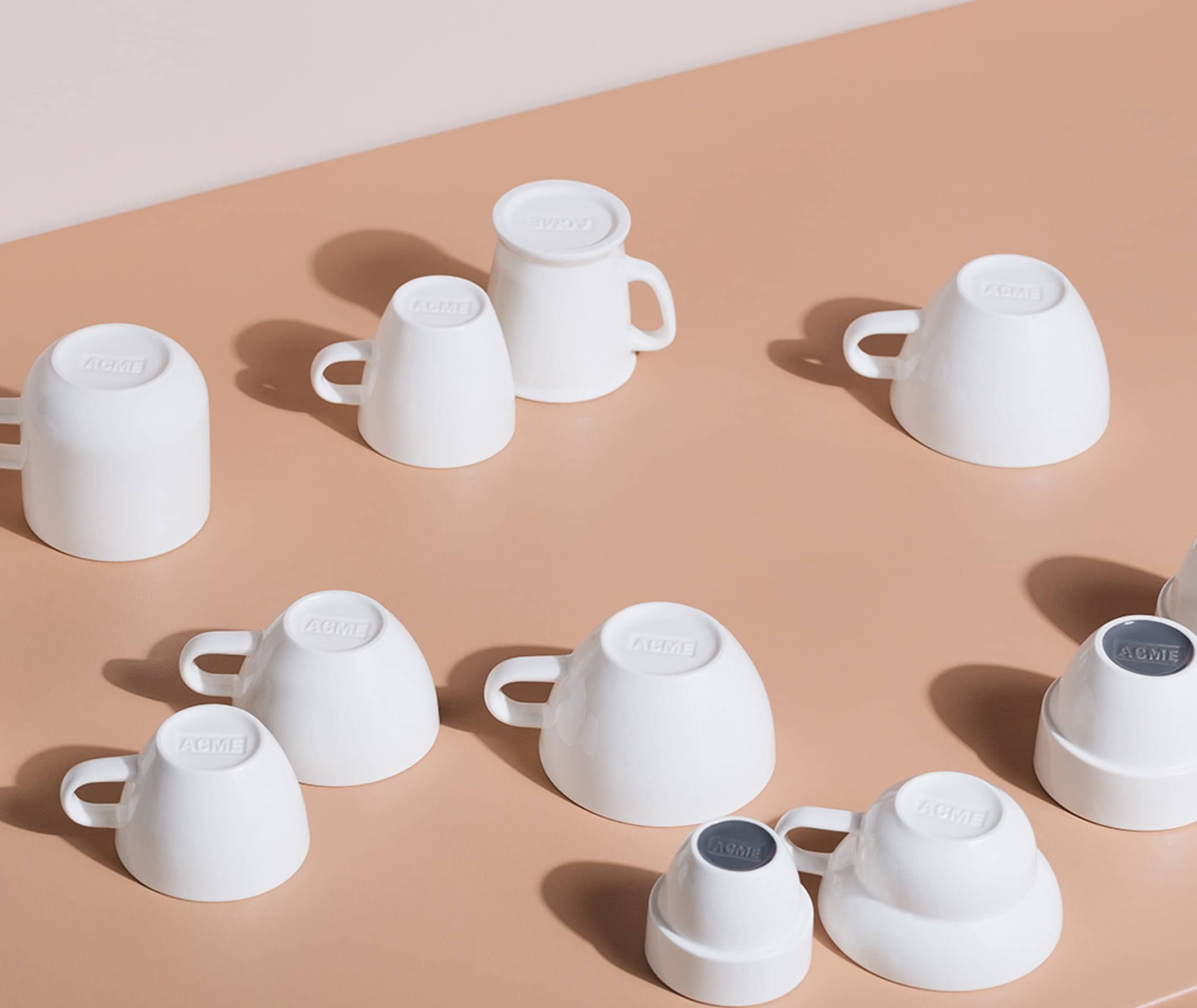
Which resale model is right for your brand? Here's a quick breakdown:
- Buy-back programmes: Brands repurchase used items, inspect them for quality, and resell them. This approach offers better control over product quality but comes with higher costs for processing, storage, and shipping.
- Direct resale: Customers sell items directly through a platform. This method reduces costs and fosters community engagement but has limited quality oversight.
Key Differences:
| Aspect | Buy-Back Programmes | Direct Resale |
|---|---|---|
| Quality Control | Brand inspects and refurbishes items | Seller provides item details |
| Operational Costs | Higher (staff, storage, repairs) | Lower (no inventory management) |
| Customer Experience | Brand-managed interaction | Peer-to-peer community focus |
| Environmental Impact | More shipping steps, higher emissions | Fewer emissions (single-leg shipping) |
Quick Insight: Pre-loved items can cut carbon emissions by at least 30%. Whether you prioritise quality control or cost efficiency, aligning your resale approach with your brand's goals and customer needs is key.
How to Create a Buyback Site with Reusely & Wix Studio ...
1. Buy-Back Program Structure
Buy-back programmes are a growing trend in New Zealand's retail sector, where brands purchase used items directly from customers. These initiatives are carefully designed to balance customer incentives, product quality, and resale potential.
Brands begin by deciding which products qualify for resale. Items like skincare or hygiene products are usually excluded due to shelf-life issues [2]. For example, Lululemon's "Like New" programme accepts gently used athletic wear, offering online gift cards between NZD 5 and NZD 25 based on the item’s condition [1][2]. This initial step ensures only eligible products enter the programme.
Quality control is essential to these operations. Many brands use strict grading systems to maintain consistency. Take Allbirds, for instance - their ReRun platform, launched in partnership with Trove in May 2022, provides NZD 20 store credit for used shoes. These items are then inspected and resold, starting at NZD 59 [1][2].
Reducing environmental impact is another key focus. Buying a used item can cut its environmental footprint by up to 82% [2]. Monica Park, co-founder of Eleven Radius, highlights the importance of prioritising customer experience:
"The winners, long-term, will have a very clear, almost-obsessed focus on the customer experience and finding the right incentives to truly reward and shift their habits. This is going to come from people within brands who really understand and care about the customers who buy their products the first time around." [2]
Beyond quality control, brands must handle inventory, verify authenticity, and perform repairs. REI’s Used Gear Programme, for instance, supports both in-store and online transactions, showcasing an effective approach [1][2]. Eileen Fisher has also excelled in this space, having resold, donated, or repurposed over 1.9 million items since 2009 [1].
With the recommerce market projected to reach NZD 84 billion by 2030 - growing 11 times faster than traditional retail [2] - these operational strategies are shaping the future of resale. The next section will explore direct resale methods in more detail.
sbb-itb-f46a14b
2. Direct Resale Methods
Direct resale can be approached in two main ways: peer-to-peer and take-back models. These methods offer different ways to manage pre-owned items while upholding brand standards and keeping customers happy. Here's a closer look at how they operate.
Peer-to-peer resale allows customers to interact directly with each other through platforms managed by the brand. This approach cuts operational costs by removing the need for warehousing and reducing shipping demands. It also fosters a sense of community. For example, one peer-to-peer platform saw a 680% growth over 18 months and handled nearly 1 million cashless transactions in a single month [4].
Take-back models, on the other hand, give brands more control over the resale process. These are particularly useful for high-end brands that prioritise strict authentication and quality checks. This method ensures consistent standards while extending the life of products.
Here’s a comparison of the two methods across key areas:
| Aspect | Peer-to-Peer | Take-Back |
|---|---|---|
| Operational Costs | Lower (no warehousing) | Higher (requires storage and processing) |
| Quality Control | Limited oversight | Full brand-managed inspection |
| Customer Experience | Community-focused | Controlled by the brand |
| Environmental Impact | Fewer shipping emissions | Extra processing steps |
| Resource Needs | Minimal staff required | Dedicated team for processing |
"Resale is essential as we progress toward a more sustainable future in which revenue is not solely derived from the production of new items." - Recurate [3]
For brands considering direct resale, these key priorities should be addressed:
- Customer Experience: Create a simple, user-friendly process that caters to customers who prefer either a community-driven approach or direct engagement with the brand.
- Quality Management: Develop systems for inspecting, authenticating, and refurbishing items, especially for take-back models.
- Resource Allocation: Evaluate your brand’s ability to handle pre-owned inventory, including storage, staffing, and repair needs.
Choosing the right resale model depends on aligning with business goals and understanding customer preferences. By doing so, brands can thrive in a circular economy while meeting sustainability goals.
Key Differences Between Models
Here's a look at how buy-back and direct resale models compare across key factors like costs, quality control, and customer experience:
| Aspect | Buy‐Back Programmes | Direct Resale |
|---|---|---|
| Initial Process | Brand repurchases items from customers, offering cash or store credit | Customers list items directly on the platform |
| Quality Control | Brand manages cleaning, repair, refurbishment, and authentication | Relies on seller-provided descriptions and photos |
| Operational Costs | Higher due to extra shipping, warehousing, and staffing needs | Lower as inventory management isn’t required |
| Inventory Management | Brand handles storage, processing, and refurbishment | Items stay with sellers until sold |
| Customer Journey | Maintains direct brand-to-customer interaction | Enables peer-to-peer exchanges with community involvement |
| Environmental Impact | Extra shipping leg increases carbon emissions | Single-leg shipping reduces the footprint |
| Resource Requirements | Requires staff, warehouse space, and repair facilities | Focuses on platform management and customer support |
These differences show how each model caters to specific brand goals.
For instance, buy-back programmes involve more shipping steps (customer → brand → buyer), which raises carbon emissions. On the other hand, direct resale’s single-leg shipping can lower a product's carbon footprint by at least 30%[1]. A great example is pre-owned Levi's jeans, which can save up to 80% of CO₂ emissions[1]. Such distinctions are crucial for New Zealand brands aiming to improve sustainability and operational efficiency.
"Aside from approving listings before they go live, supplying shipping information, and handling customer queries along the way (all of which Recurate does for our brand partners), a peer-to-peer platform is the more efficient and least resource-intensive model." [3]
Quality Assurance Trade-offs
Buy-back programmes excel in quality control by offering professional inspection and refurbishment. However, this comes with higher operational complexity. Direct resale shifts quality checks to sellers, simplifying operations and cutting costs.
Community Engagement versus Brand Oversight
Direct resale encourages customer interaction, creating a sense of community. In contrast, buy-back programmes stick to a traditional brand-to-customer approach, with controlled processes. Both models offer distinct ways to build customer loyalty.
Brands need to weigh their priorities - whether it’s tighter quality control or streamlined operations.
Conclusion
Deciding between buy-back programmes and traditional resale depends on your brand's objectives, resources, and what your customers value most. For New Zealand lifestyle brands using Shopify, success comes down to balancing operational capacity with delivering a great customer experience.
Buy-back programmes work best for brands that focus on:
- Ensuring quality control and product authentication
- Having the warehouse space and staff to handle processing
- Maintaining direct oversight of products
- Refurbishing items for resale
Traditional resale suits brands aiming for:
- Keeping operational costs lower
- Building a sense of community
- Simplifying inventory management
Resale also has a clear environmental upside. Pre-loved garments can cut carbon emissions by at least 30% compared to buying new items [1].
By integrating these models with top e-commerce platforms, brands can boost sustainability and efficiency. For Shopify-based businesses in New Zealand, Cassi’s launch in Q2 2025 will offer tools tailored for buy-back and resale operations. Features like displaying buy-back values and managing consignment options will help brands maintain full control over their processes while improving customer experience.
As the resale market continues to grow, brands that adopt these strategies thoughtfully will be better positioned to thrive in the circular economy and build stronger connections with their customers. The secret is choosing the approach that fits your operational strengths and customer needs.
Heading 1
Heading 2
Heading 3
Heading 4
Heading 5
Heading 6
Lorem ipsum dolor sit amet, consectetur adipiscing elit, sed do eiusmod tempor incididunt ut labore et dolore magna aliqua. Ut enim ad minim veniam, quis nostrud exercitation ullamco laboris nisi ut aliquip ex ea commodo consequat. Duis aute irure dolor in reprehenderit in voluptate velit esse cillum dolore eu fugiat nulla pariatur.
Block quote
Ordered list
- Item 1
- Item 2
- Item 3
Unordered list
- Item A
- Item B
- Item C
Bold text
Emphasis
Superscript
Subscript




